How many times have you chatted to a friend, only to realize later that you really don’t remember what they said? Perhaps your mind was elsewhere, planning what you need to do next or ruminating on a task. Before you know it, your eyes have glazed over and you are no longer really listening. It happens all too often and you are not alone.
Research shows that only about 10 percent of us listen effectively. We think that we are listening but we’re actually just working out how to make our point, share our story or offer advice. We are listening to reply, rather than understand.
In Internal Communications, we are often working closely with stakeholders to create targeted and meaningful communications campaigns that resonate with audiences and drive the desired outcomes. For this to happen, we need to quickly build a comprehensive picture of the stakeholder and their requirements, and understand their goals and challenges. We really need to listen to to understand.
This is where active listening becomes a key tool in our IC kit. It’s a term that we often hear used in the workplace, but what exactly is it?
In their short book written back in 1957, Carl Rogers and Richard Farson coined the term ‘active listening’ and described it as a method that “requires that we get inside the speaker, that we grasp, from his point of view, just what it is he is communicating to us.”
It’s the art of not just hearing the words someone is saying, but fully engaging with that person’s thoughts, emotions, and intentions. By giving our undivided attention, empathy, and using thoughtful questions, we can decode the unspoken to offer solutions that truly resonate.
Why this this important?
So how do we listen ‘actively’? The key tips are:
Here are a few useful active listening techniques that we can all use to build better conversations:
Some useful questions for active listening are:
What are your goals and aspirations? Understanding their long-term objectives can provide insights into their immediate needs.
How do you envision success with this project? This helps you grasp their vision and tailor your approach or offer advice accordingly.
What are your current challenges? Identifying pain points allows you to address specific issues effectively.
Can you describe your ideal outcome? This question encourages them to outline their desired results, guiding your efforts.
What solutions have you considered so far? This shows that you respect their thought process and provides a starting point for discussion.
What timelines are you working with? Understanding their timeframe helps you offer realistic solutions.
What would be a game-changer for you? This question opens the door to innovative ideas that could truly make a difference for them.
Active listening isn’t just about the questions we ask, but how we engage with the answers. Each response can lead to deeper insights, helping us tailor our approach to meet our stakeholders’ needs effectively.
“When people talk listen completely. Don’t be thinking what you’re going to say. Most people never listen. Nor do they observe.”
Ernest Hemingway from ‘Across the River and Into the Trees’
